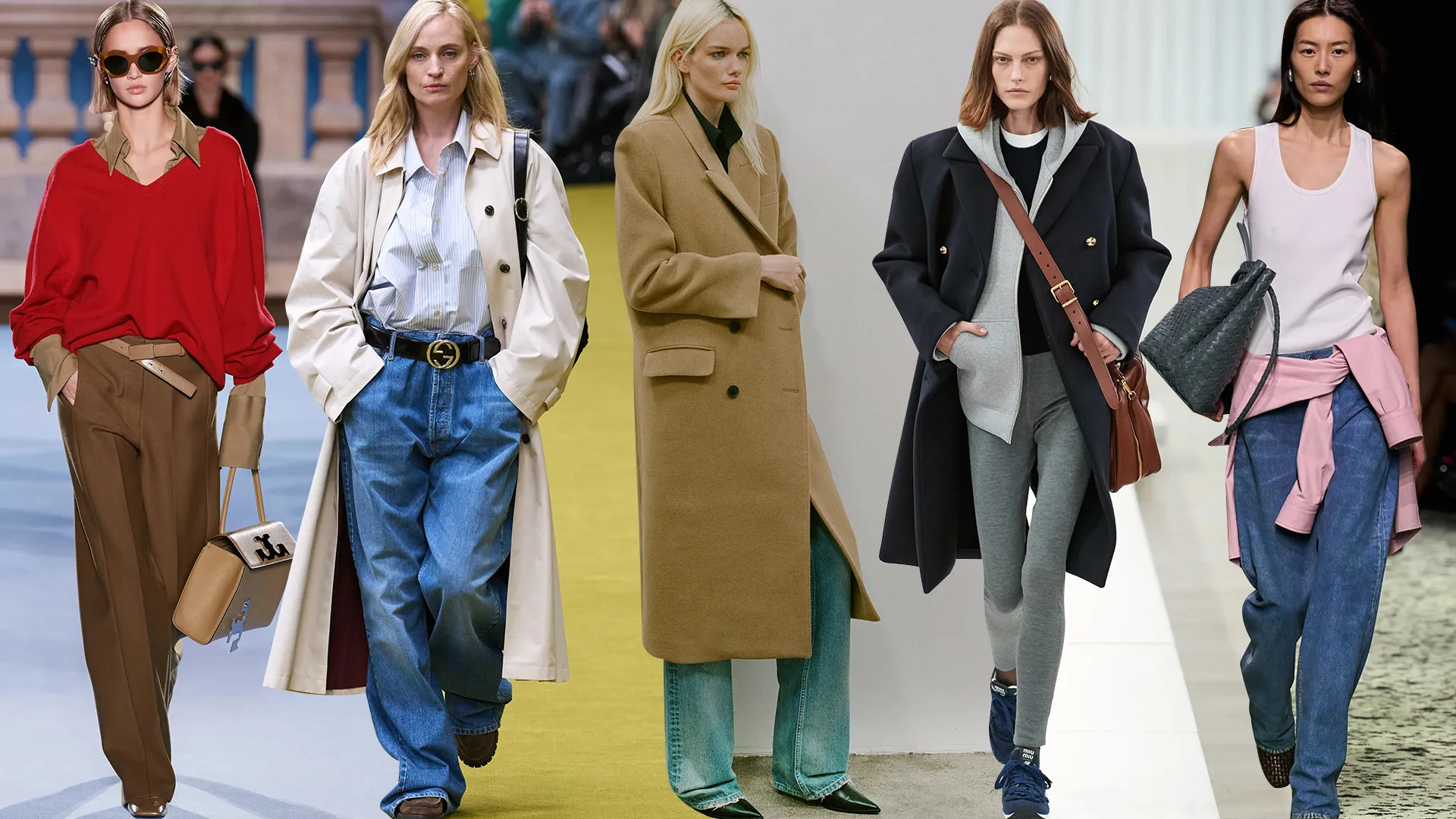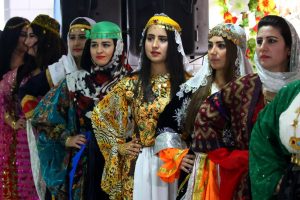
High fashion, often referred to as haute couture, has long been perceived as an exclusive realm, reserved for the elite and fashion-forward individuals who can afford its often exorbitant price tags. However, the influence of high fashion transcends the glitzy runways of Paris, Milan, and New York, trickling down into everyday wardrobes around the world. This article delves into the fascinating journey of how high fashion shapes everyday style, transforming avant-garde designs into accessible trends.
The Creative Process: From Concept to Couture
The journey begins in the ateliers of top fashion houses, where designers draw inspiration from a myriad of sources—art, culture, history, and the natural world. These inspirations are meticulously translated into sketches, which are then brought to life through the hands of skilled artisans. The result is a collection of unique and often extravagant pieces showcased during fashion weeks.
While these runway shows are primarily a platform for designers to express their creative visions, they also serve as a forecast for upcoming fashion trends. Editors, buyers, and influencers keenly observe these shows, identifying key elements that could resonate with a broader audience.
Trend Forecasting: The Bridge Between High Fashion and Retail
Trend forecasting agencies play a crucial role in bridging the gap between high fashion and everyday style. These agencies analyze runway shows, identifying recurring themes, colors, fabrics, and silhouettes. They predict which trends are likely to gain traction and advise retailers on how to incorporate these elements into their collections.
For instance, a bold color seen repeatedly on the runway might inspire a season’s palette for mainstream brands. Similarly, a unique silhouette or fabric introduced by a high-end designer might be adapted into more wearable and affordable versions by fast fashion retailers.
High Fashion Meets High Street: The Role of Fast Fashion
Fast fashion brands are adept at quickly turning runway trends into mass-produced garments. These retailers, such as Zara, H&M, and Forever 21, closely monitor fashion weeks and collaborate with trend forecasters to swiftly bring high fashion-inspired pieces to store shelves. This process can take as little as a few weeks, making cutting-edge styles accessible to the general public.
However, this rapid production cycle has its drawbacks, including concerns about sustainability and ethical labor practices. As consumers become more conscious of these issues, there is a growing movement towards slow fashion, which emphasizes quality, sustainability, and timeless style over fleeting trends.
Influencers and Social Media: Amplifying High Fashion’s Reach
In the digital age, social media platforms like Instagram, TikTok, and Pinterest have democratized fashion like never before. Influencers and fashion bloggers play a pivotal role in interpreting high fashion for their followers, often showcasing how to incorporate runway trends into everyday outfits. Their content not only inspires but also educates their audience on styling tips and where to find affordable alternatives.
Brands leverage these influencers to reach a wider audience, often sending them pieces from their latest collections or collaborating on exclusive lines. This symbiotic relationship amplifies the reach of high fashion, making it more relatable and attainable for everyday consumers.
Street Style: The Ultimate Fusion of High Fashion and Everyday Wear
Street style is the epitome of how high fashion influences everyday style. Originating from the grassroots fashion movements in urban areas, street style has become a global phenomenon, celebrated in fashion capitals worldwide. It represents the fusion of high fashion elements with personal expression and practicality.
Street style stars often mix luxury pieces with thrifted finds, high-end accessories with casual basics, creating looks that are both aspirational and attainable. This eclectic mix showcases the versatility of high fashion and its potential to be reinterpreted in countless ways.
Conclusion: The Ever-Evolving Fashion Landscape
The journey from runway to reality is a testament to the dynamic and interconnected nature of the fashion industry. High fashion, with its bold creativity and innovation, sets the stage for trends that eventually permeate everyday style. Through the efforts of trend forecasters, fast fashion retailers, influencers, and street style enthusiasts, these trends are adapted, interpreted, and made accessible to a global audience.
As the fashion landscape continues to evolve, the influence of high fashion on everyday style remains a powerful force, inspiring individuals to express themselves through their clothing choices and pushing the boundaries of creativity and self-expression.
